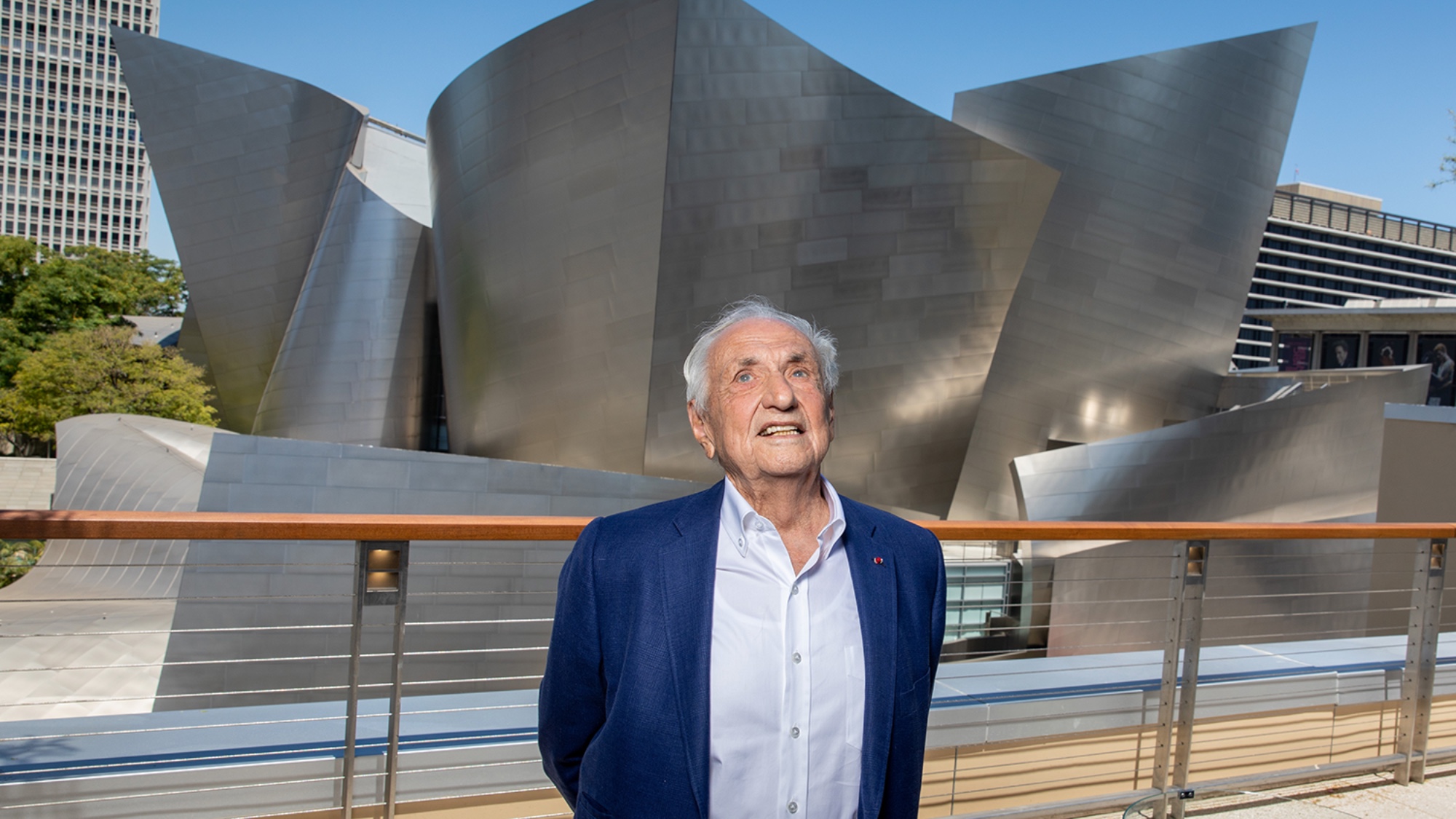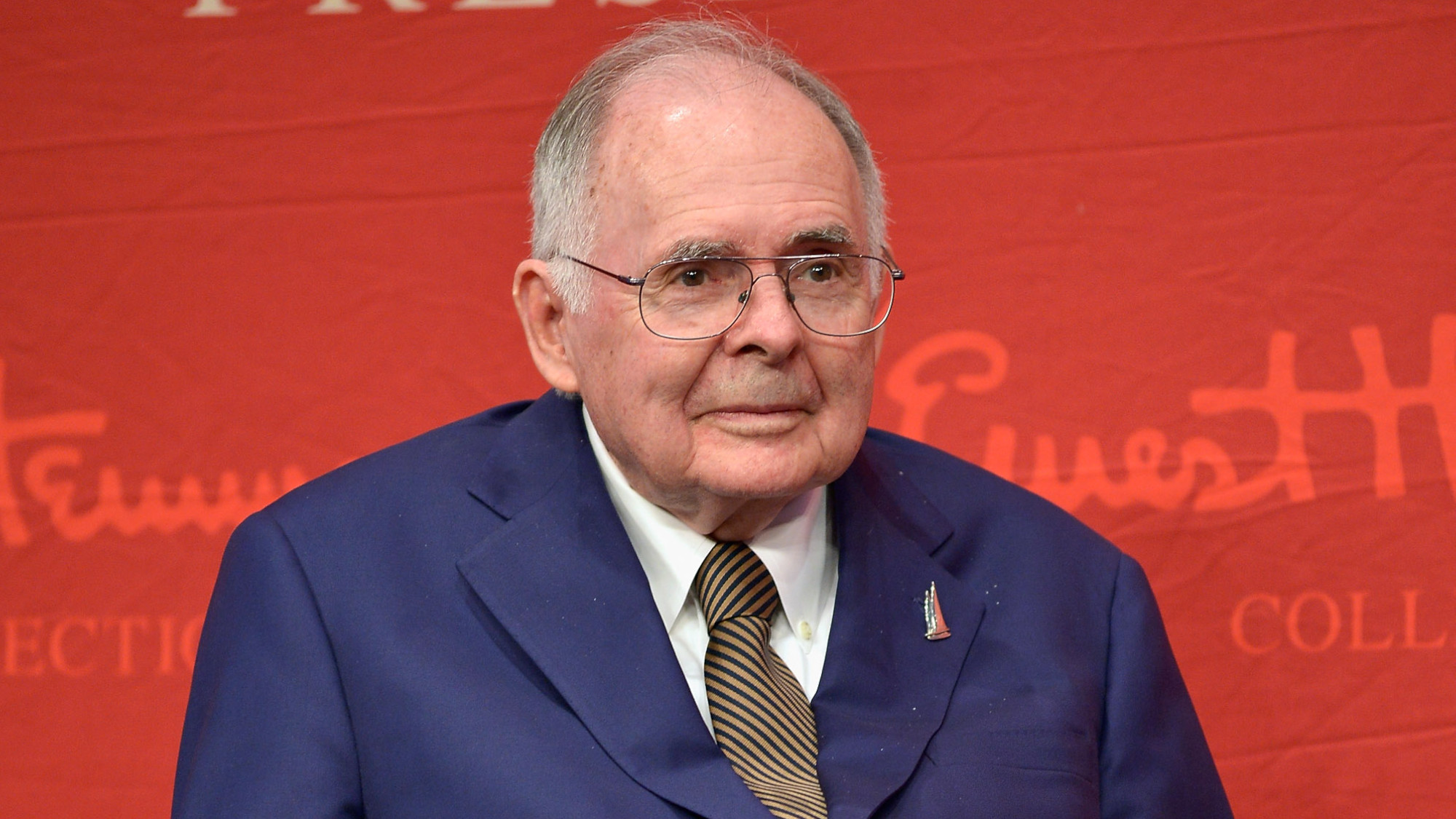Dave Arneson
The gamester who co-invented Dungeons & Dragons
The gamester who co-invented Dungeons & Dragons
Dave Arneson
1947–2009
The Week
Escape your echo chamber. Get the facts behind the news, plus analysis from multiple perspectives.

Sign up for The Week's Free Newsletters
From our morning news briefing to a weekly Good News Newsletter, get the best of The Week delivered directly to your inbox.
From our morning news briefing to a weekly Good News Newsletter, get the best of The Week delivered directly to your inbox.
Dave Arneson, who grew up in St. Paul, Minn., loved military board games. Before long, he and his friends began improvising. “We started setting different objectives for the players. We started stealing things,” Arneson recalled. “Bombs, guns, food supplies. Players could negotiate with one another, and then had to figure out how they were going to slip the products past a blockade and sell them on the black market.” Within a few years this idiosyncratic role-playing would morph into the fantasy world of Dungeons & Dragons, which has now been played by more than 20 million people and spawned a $1 billion business.
Arneson was in college when he met his D&D collaborator-to-be, Gary Gygax, at a 1969 gaming convention, said the London Daily Telegraph. After devising a naval warfare game, Don’t Give Up the Ship!, they became consumed with myth-laden medieval culture. “Suddenly, their heroes were ax-wielding dwarves and warrior-princesses clad in unfeasibly tight leather armor.” The nemeses were dragons, goblins, and the like. Eventually the partners hatched Dungeons & Dragons. The equipment was simple: pencils, paper, a rulebook, and many-sided dice. “Arneson’s own father was bemused that gaggles of young players disappeared into his basement for hours on end to play the game,” yet not once raided the liquor cabinet there.
Among Arneson’s innovations were “that players control a single character, that skill is gained through experience, and that personality is as important as strength,” said the London Times. In 1974 he and Gygax released D&D to retailers. “Since neither could afford to fund it, a friend came up with the money for the initial print run of 1,000 copies.” In 1976, Arneson joined with Gygax to form a company, Tactical Studies Rules, to develop the game, “but he came to feel that money sucked the fun from game developing and left a year later.” The following year, when the company published an advanced version of D&D, Arneson sued over crediting and royalties; a 1981 settlement awarded Arneson co-authorship.
Arneson and Gygax eventually reconciled, sending each other get-well cards following their respective strokes in 2002 and 2004. Gygax died last year; Arneson, who succumbed to cancer, had until recently taught game design in Florida.
A free daily email with the biggest news stories of the day – and the best features from TheWeek.com
-
 Political cartoons for January 4
Political cartoons for January 4Cartoons Sunday's political cartoons include a resolution to learn a new language, and new names in Hades and on battleships
-
 The ultimate films of 2025 by genre
The ultimate films of 2025 by genreThe Week Recommends From comedies to thrillers, documentaries to animations, 2025 featured some unforgettable film moments
-
 Political cartoons for January 3
Political cartoons for January 3Cartoons Saturday's political cartoons include citizen journalists, self-reflective AI, and Donald Trump's transparency
-
 Joanna Trollope: novelist who had a No. 1 bestseller with The Rector’s Wife
Joanna Trollope: novelist who had a No. 1 bestseller with The Rector’s WifeIn the Spotlight Trollope found fame with intelligent novels about the dramas and dilemmas of modern women
-
 Frank Gehry: the architect who made buildings flow like water
Frank Gehry: the architect who made buildings flow like waterFeature The revered building master died at the age of 96
-
 R&B singer D’Angelo
R&B singer D’AngeloFeature A reclusive visionary who transformed the genre
-
 Kiss guitarist Ace Frehley
Kiss guitarist Ace FrehleyFeature The rocker who shot fireworks from his guitar
-
 Robert Redford: the Hollywood icon who founded the Sundance Film Festival
Robert Redford: the Hollywood icon who founded the Sundance Film FestivalFeature Redford’s most lasting influence may have been as the man who ‘invigorated American independent cinema’ through Sundance
-
 Patrick Hemingway: The Hemingway son who tended to his father’s legacy
Patrick Hemingway: The Hemingway son who tended to his father’s legacyFeature He was comfortable in the shadow of his famous father, Ernest Hemingway
-
 Giorgio Armani obituary: designer revolutionised the business of fashion
Giorgio Armani obituary: designer revolutionised the business of fashionIn the Spotlight ‘King Giorgio’ came from humble beginnings to become a titan of the fashion industry and redefine 20th-century clothing
-
 Ozzy Osbourne obituary: heavy metal wildman and lovable reality TV dad
Ozzy Osbourne obituary: heavy metal wildman and lovable reality TV dadIn the Spotlight For Osbourne, metal was 'not the music of hell but rather the music of Earth, not a fantasy but a survival guide'